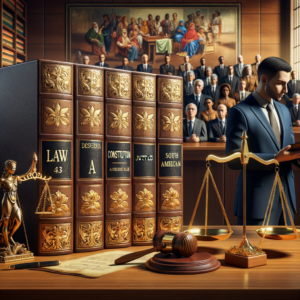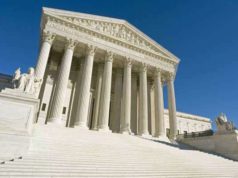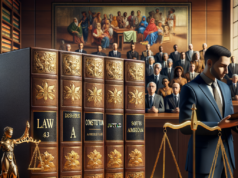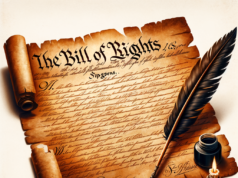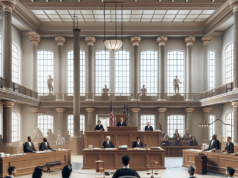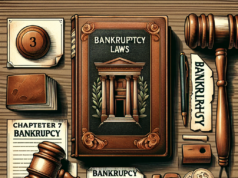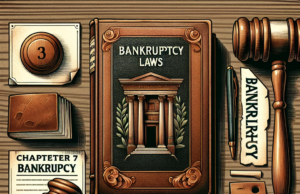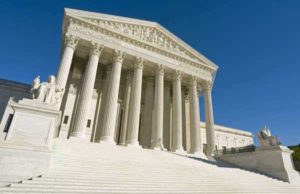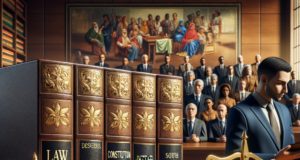Courtroom dramas have long captivated the public’s imagination, often portrayed in films and television as high-stakes battles where justice hangs in the balance. However, the reality of legal proceedings is far more complex and nuanced. This article delves into the intricate dynamics of courtroom battles, examining the role of evidence, the impact of media coverage, psychological strategies employed by legal teams, notable case studies, and the broader implications of courtroom decisions on justice and society.
Understanding the Dynamics of Courtroom Drama: An Overview of Legal Battles
Legal battles unfold within a framework governed by rules, procedures, and the overarching pursuit of justice. Each case is a unique narrative, influenced by the personalities involved, the nature of the allegations, and the legal strategies employed. The courtroom serves as a stage where lawyers, judges, and juries engage in a complex dance of advocacy and adjudication. Understanding this dynamic is crucial for grasping how legal battles evolve and the factors that contribute to their outcomes. The interplay between the parties involved—plaintiffs, defendants, witnesses, and legal representatives—creates a charged atmosphere where emotions often run high, and the stakes can be life-altering.
The Role of Evidence: How Facts Shape the Outcome of Legal Proceedings
At the heart of any legal battle lies the concept of evidence, which serves as the foundation upon which cases are built. Evidence can take many forms, including documents, witness testimonies, expert opinions, and physical artifacts. The admissibility and weight of evidence are critical, as they determine what information the jury or judge can consider when making a decision. In many instances, the strength of the evidence presented can make or break a case, leading to acquittals or convictions. Legal teams meticulously gather, analyze, and present evidence to construct compelling narratives that support their positions. The rigorous standards of evidence also ensure that justice is served based on facts rather than conjecture, underscoring the importance of a thorough and fair examination of all relevant information.
The Influence of Media Coverage on Public Perception of Court Cases
Media coverage plays a significant role in shaping public perception of courtroom dramas, often influencing the narrative surrounding a case long before it reaches a verdict. High-profile cases, in particular, attract intense scrutiny from journalists and the public alike, leading to a phenomenon known as “trial by media.” This coverage can amplify biases, create sensationalism, and sometimes distort the facts, impacting the opinions of potential jurors and the broader community. As a result, legal teams must navigate the complexities of media relations, balancing the need to communicate their narrative while safeguarding the integrity of the judicial process. The interplay between media coverage and courtroom proceedings raises important questions about the fairness of trials and the potential for public opinion to sway judicial outcomes.
Psychological Tactics in the Courtroom: Strategies Employed by Legal Teams
The courtroom is not only a battleground of facts but also a psychological arena where legal teams employ various tactics to influence jurors and judges. These strategies can range from emotional appeals to the use of persuasive language and body language. Lawyers often study jury psychology to tailor their arguments in ways that resonate with jurors’ beliefs and values. Techniques such as storytelling, framing, and the strategic presentation of evidence can significantly impact how a case is perceived. Additionally, the use of expert witnesses can lend credibility to a legal team’s position, while cross-examination serves as a powerful tool to undermine opposing testimonies. Understanding these psychological tactics is essential for grasping the complexities of courtroom dynamics and the art of legal persuasion.
Notable Legal Battles: Case Studies of High-Profile Courtroom Dramas
Throughout history, several high-profile legal battles have captured the public’s attention, serving as case studies of courtroom drama at its finest. The O.J. Simpson trial, for example, not only highlighted issues of race and celebrity but also showcased the intricate strategies employed by both the defense and prosecution. Similarly, the trial of Derek Chauvin for the murder of George Floyd brought issues of systemic racism and police accountability to the forefront, demonstrating how legal battles can intersect with societal movements. These notable cases reveal the multifaceted nature of courtroom dramas, where legal principles, societal values, and public sentiment converge, often leading to landmark decisions that resonate far beyond the courtroom.
The Aftermath of Courtroom Decisions: Implications for Justice and Society
The outcomes of courtroom battles extend beyond individual cases, often influencing broader societal norms and legal precedents. Verdicts can lead to significant changes in legislation, shifts in public policy, and alterations in societal attitudes toward justice and accountability. For instance, landmark rulings in civil rights cases have paved the way for greater equality and protections under the law. Conversely, controversial verdicts can spark public outrage and calls for reform, highlighting the ongoing struggle for justice in society. The aftermath of courtroom decisions serves as a reminder of the profound impact that legal battles can have on the fabric of society, shaping the discourse around justice, equity, and the rule of law.
In conclusion, the world of courtroom drama is a complex interplay of legal principles, human emotions, and societal implications. Understanding the dynamics of legal battles, the critical role of evidence, the influence of media, psychological strategies, and the broader impact of courtroom decisions is essential for appreciating the intricacies of the justice system. As society continues to grapple with issues of fairness and accountability, the lessons learned from these courtroom dramas will remain vital in shaping the future of law and justice.

